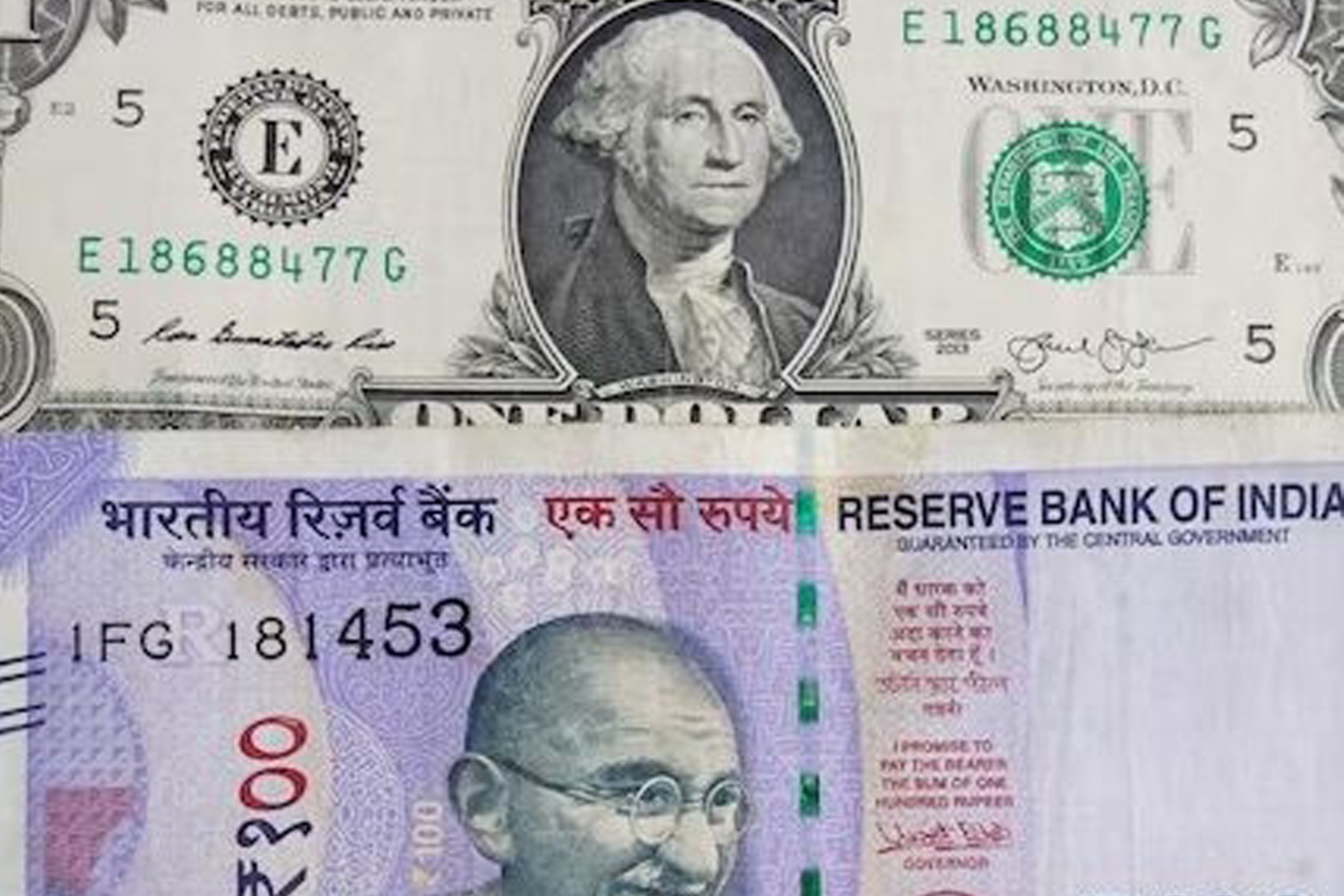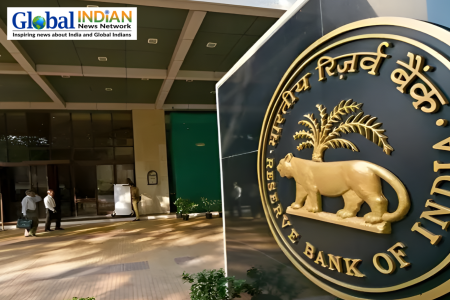
The Indian rupee displayed relative stability in FY25 when compared to other global currencies, despite the pressure exerted by a stronger US dollar on major currency pairs, according to a report released on Wednesday.
However, towards the latter part of the fiscal year, a shift in dollar strength combined with increased Foreign Portfolio Investment (FPI) inflows into Indian debt markets helped the rupee rally, enabling the domestic currency to regain as much as 2.4 per cent in just one month, as highlighted in the report by Bank of Baroda (BoB).
Looking ahead, the upcoming fiscal year is expected to be marked by periods of volatility, largely driven by uncertainty surrounding US trade policies. The trajectory of US tariff decisions will be closely monitored as it will have a significant impact on the US Federal Reserve’s rate actions, which in turn will influence the movement of the dollar.
“On the domestic front, the rupee is likely to find support from an improvement in growth prospects, lower inflation levels, and stable external deficits. Overall, we expect the rupee to trade in the range of 85.5-87.5 per dollar in FY26,” said Aditi Gupta, Economist at Bank of Baroda.
The past fiscal year, FY25, was eventful for the rupee, which experienced alternating phases of stability, depreciation, and consolidation.
During the first seven months of the year, the rupee remained largely rangebound, showing minimal movement. However, the latter half of the fiscal period was marked by more pronounced fluctuations in the currency’s value, reflecting changes in global economic conditions.
One of the most influential events impacting the global forex market was the outcome of the US presidential elections in November. The victory of Donald Trump introduced an element of uncertainty concerning US economic growth and inflation trends, prompting a reevaluation of market expectations regarding Federal Reserve rate cuts. This shift significantly strengthened the demand for the dollar.
“The rupee’s movement reflected these broader trends. From March to October, the currency depreciated by only 0.8 per cent, with average daily annualized volatility hitting multi-year lows of just 1.5 per cent,” Gupta added.
While strong domestic economic fundamentals contributed to the rupee’s stability in the early part of the fiscal year, shifting global factors played a crucial role in determining the currency’s trajectory later in the year.
Moving forward, US tariff policies will be a major determinant of currency movements worldwide.
“Following initial disruptions, global markets have largely adjusted to US tariff decisions, but this balance will be put to the test once again as new policies unfold,” the report stated.
On the domestic front, economic conditions remain favorable for the rupee, which is expected to remain resilient despite mounting external challenges. A stable macroeconomic environment, coupled with improving growth indicators, should provide support to the currency as it navigates an increasingly complex global landscape.














11 Comments
You should take part in a contest for one of the best blogs on the web. I will recommend this site!
I am not rattling fantastic with English but I find this very easy to understand.
As I website possessor I believe the content matter here is rattling magnificent , appreciate it for your efforts. You should keep it up forever! Best of luck.
What¦s Happening i’m new to this, I stumbled upon this I have found It absolutely helpful and it has aided me out loads. I hope to give a contribution & assist different users like its aided me. Great job.
A lot of what you point out happens to be astonishingly legitimate and it makes me wonder why I hadn’t looked at this with this light before. This piece really did turn the light on for me personally as far as this particular subject goes. Nevertheless at this time there is actually 1 issue I am not really too cozy with so whilst I attempt to reconcile that with the central idea of your point, permit me see exactly what the rest of your readers have to point out.Very well done.
Definitely believe that which you said. Your favorite reason appeared to be on the net the simplest thing to be aware of. I say to you, I definitely get irked while people consider worries that they just do not know about. You managed to hit the nail upon the top as well as defined out the whole thing without having side-effects , people can take a signal. Will probably be back to get more. Thanks
Can I just say what a relief to find someone who actually knows what theyre talking about on the internet. You definitely know how to bring an issue to light and make it important. More people need to read this and understand this side of the story. I cant believe youre not more popular because you definitely have the gift.
Hello there, I found your web site by means of Google at the same time as looking for a comparable matter, your web site came up, it seems to be good. I have bookmarked it in my google bookmarks.
Thank you, I have just been looking for information about this subject for ages and yours is the greatest I have discovered so far. But, what about the bottom line? Are you sure about the source?
I’m truly enjoying the design and layout of your site. It’s a very easy on the eyes which makes it much more pleasant for me to come here and visit more often. Did you hire out a designer to create your theme? Superb work!
I am extremely impressed with your writing talents as well as with the format in your blog. Is that this a paid topic or did you modify it yourself? Anyway keep up the excellent quality writing, it is uncommon to look a nice blog like this one nowadays..